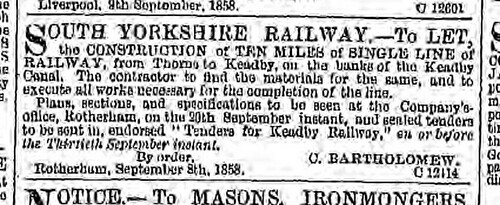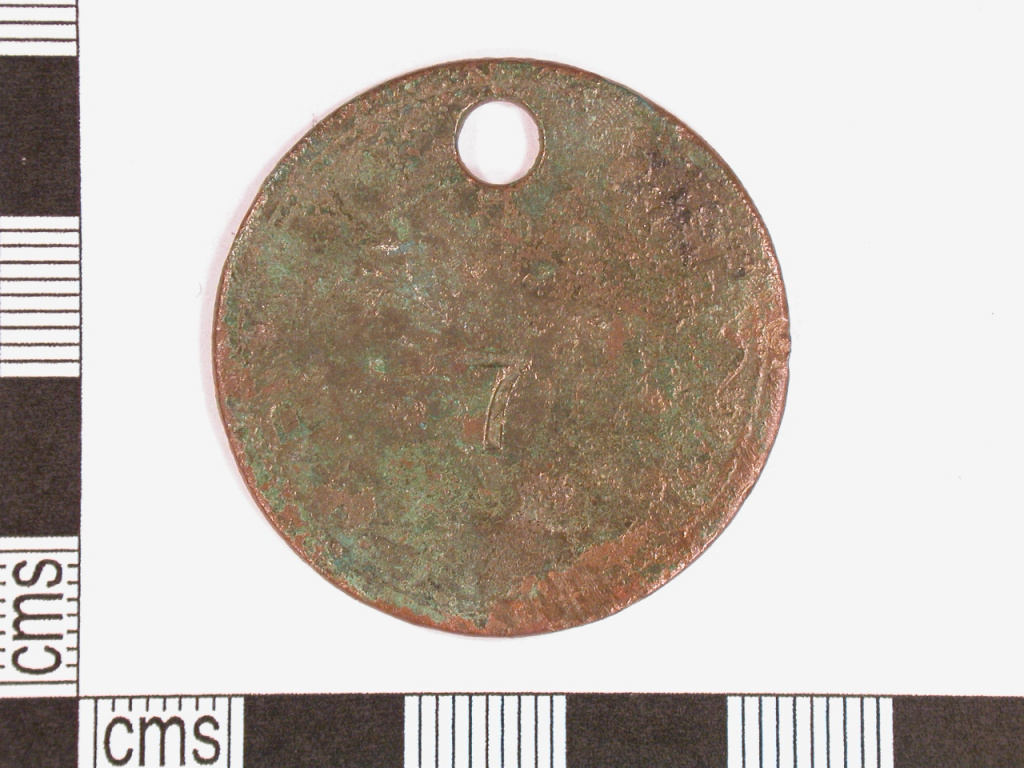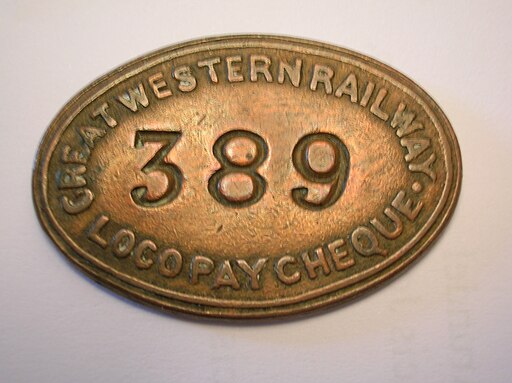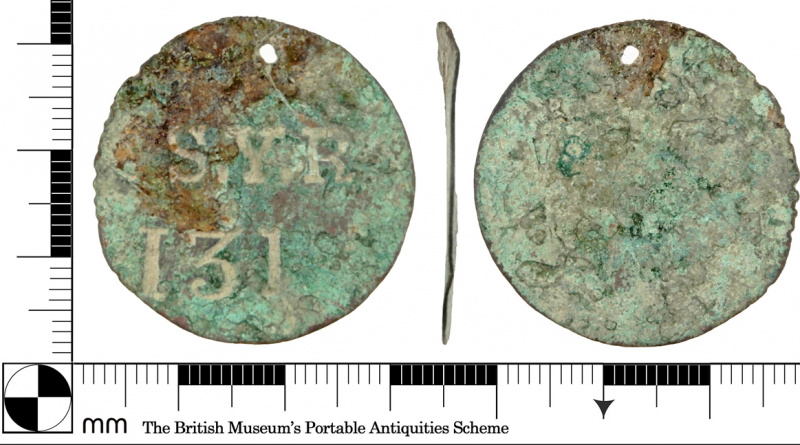South Yorkshire Railway tally
A copper alloy disc which has been stamped on one side “S.Y.R/131”. Tallies like this were issued for different purposes by numerous organisations and industries in the 19th and early 20th century. In this case, the “S.Y.R.” points to it being issued by the South Yorkshire Railway.
South Yorkshire Railway
The South Yorkshire Railway started life as the South Yorkshire Coal Railway in 1845. It opened its first line in 1849 and by 1850 had become generally known as the “South Yorkshire Railway”.

In addition to extensive colliery traffic it ran a passenger service between Barnsley and Doncaster.
From Doncaster it ran a branch service to Thorne and Keadby, all three only a few miles from the find site.
In 1864, South Yorkshire Railway’s lines were taking over by the Manchester, Sheffield and Lincolnshire Railway and in 1874 the company was dissolved. Therefore, the token probably dates from 1850-1864.
Use of Tallies
As mentioned, tallies were used for a number of purposes.
Keeping track of staff and equipment

In the mining industry a miner would be issued with a numbered tally, which were personal to him. The miner would exchange this tally for a numbered lamp when he went down the mine. At the end of the shift, on returning the lamp, he would collect his tally.
In the 1900’s a two tally system was introduced. The miner would keep the second tally until he came to the surface and it would then get passed to the time office, to record the time worked.1
Time Keeping
Larger employers used tallies, (otherwise known as tokens or checks), were used to manage timekeeping. Each worker was given a tally with a hole with a unique ID number stamped on it. These would be hung on a peg board at the factory gate. When they arrived for work, each worker would take their token and put it in a box. At the scheduled start time, the box would be sealed and latecomers would have to report to the timekeeper, who would record their time of arrival.2
Pay Checks

Particularly on the railways, a wage token or Pay Cheques were used to control the issue of wages. Workers would be issued the token, with a unique ID number on it, on or the day before pay day. This would be handed over to receive their wages.

